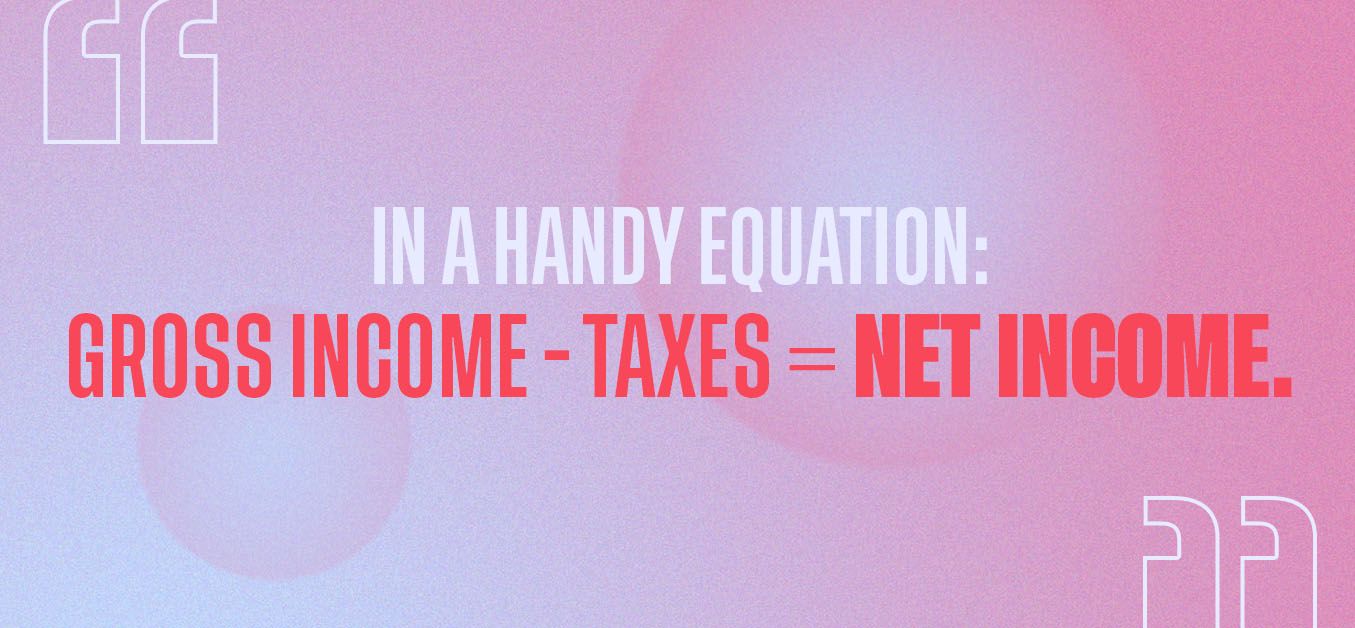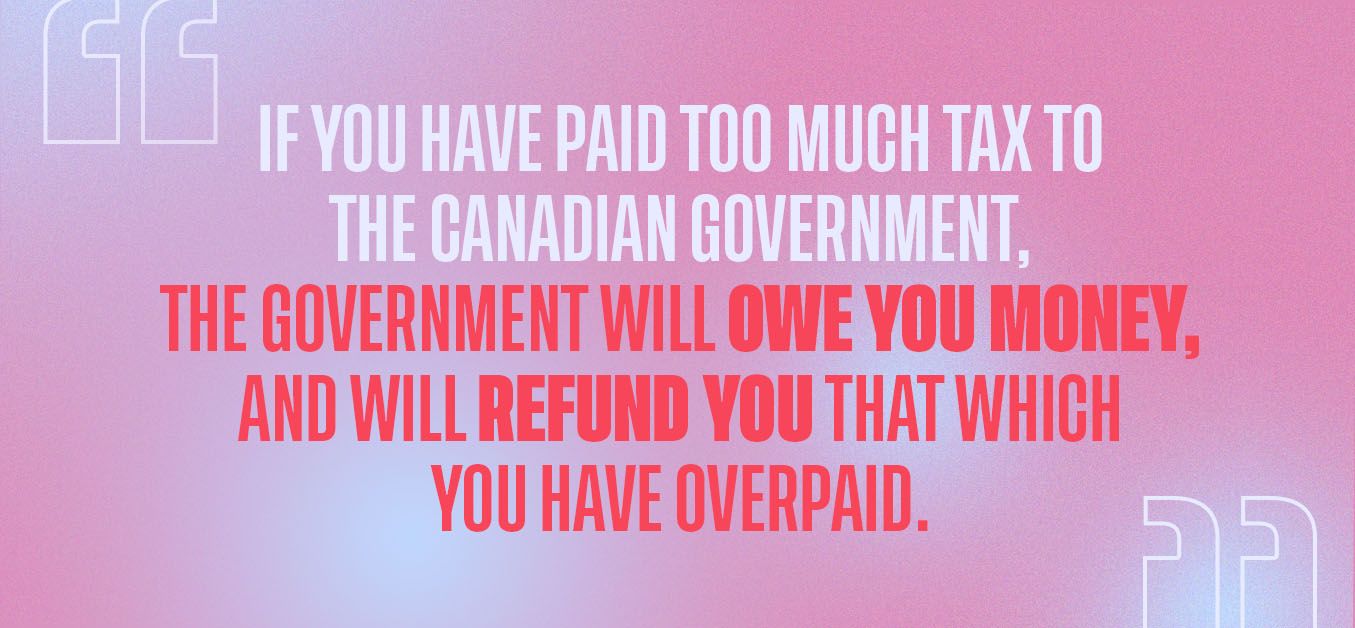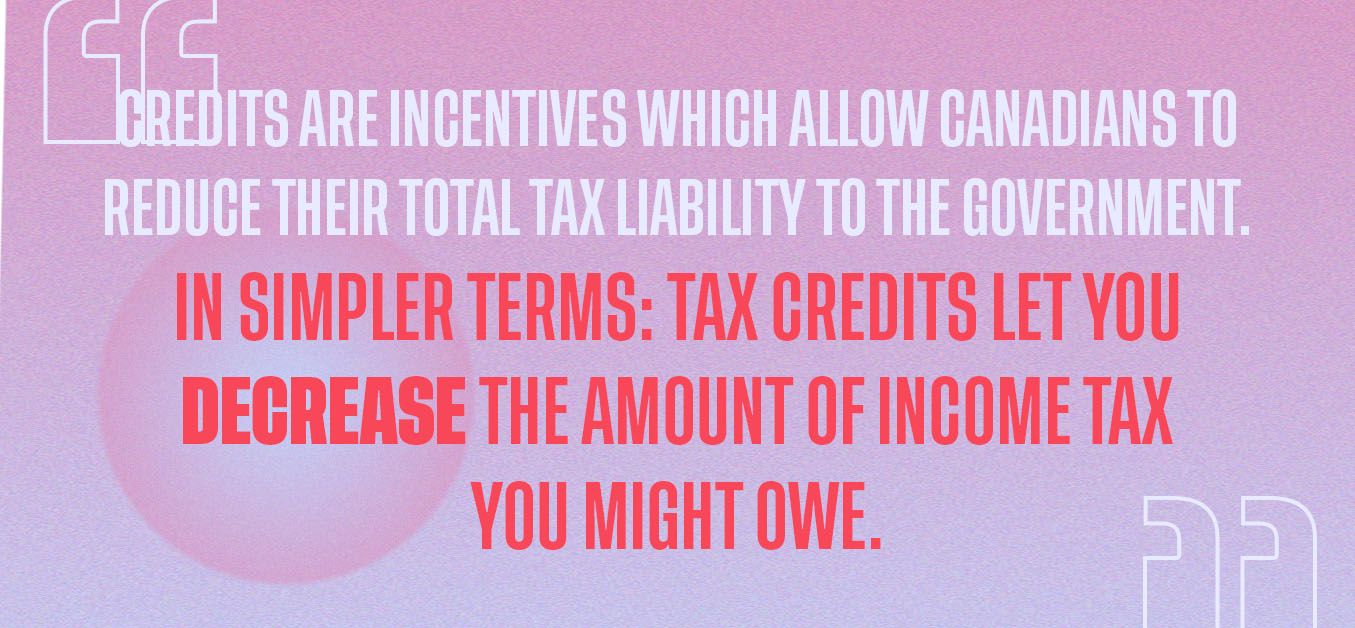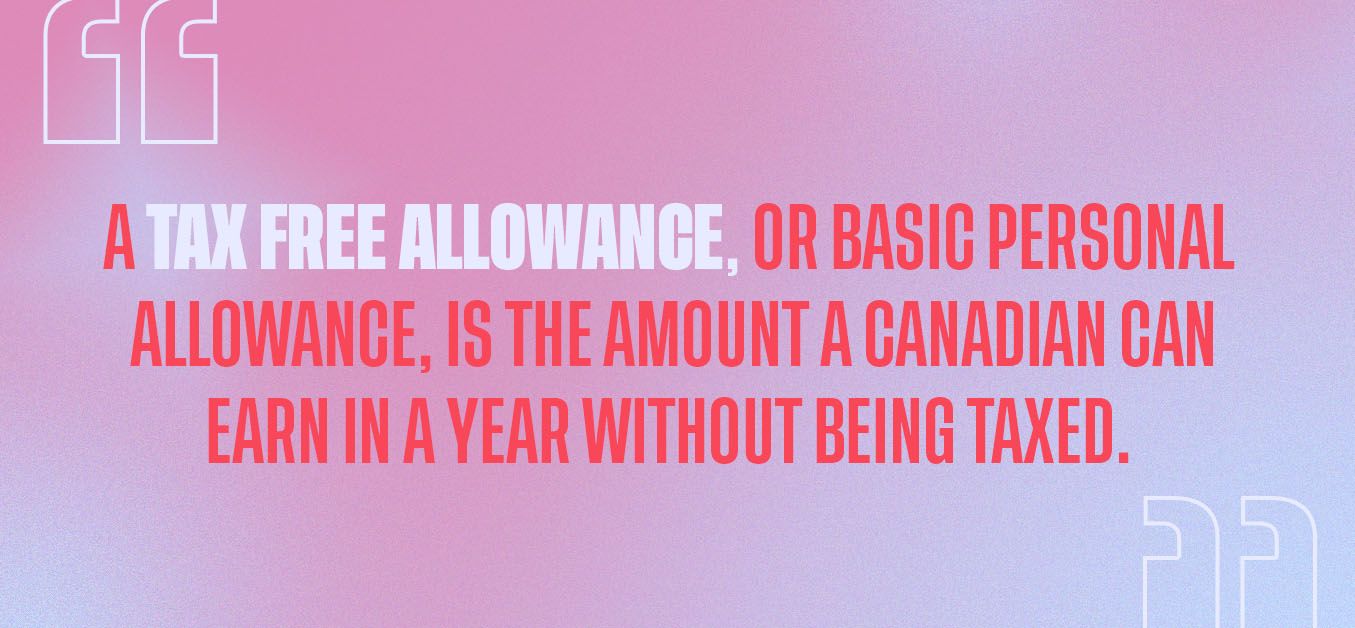Tax Terms You Need To Know
As tax season intensifies (this is the only verb that accurately describes the ramp up to filing day), it’s important to make sure you’ve got your basic tax vocabulary on lock for one simple reason: making the process less painful for you.
Whether you’re filing taxes for the first time, or you’re new to Canada, or you’ve never filed on your own before, it’s frustrating to pause every few minutes to Google a specific term.
With any luck, we can take some of that pressure off here, with a crash course in some basic tax terminology.
Your Tax Dictionary
What is a T4?
A T4 is the slip that employers use to report the income of employees. Whether you are employed full time, part time, or on contract, your company will issue a T4 for you every year. Normally, you’ll receive this document by mail.
T4s, like most tax documents, come with many numbered “lines” that are used to code and record amounts of money. When doing your taxes, all you need to do is match the number affiliated with each line and fill in the corresponding amount. For example, line 23600 reports net income. Simply enter the amount on line 23600 on your T4 in the corresponding box labelled 23600 in your tax software or on your paper return.
Net and Gross Income
Depending on the type of your employment, you will report your income differently to the government. If you are an employee, you’ll find values on your T4 for your net and gross income.
The difference between net income and gross income is easy. Gross income is your total income, like the salary on your employment contract. From your gross income, many employers will preemptively deduct taxes “at the source,” including income tax, your mandatory contributions to the Canada Pension Plan or Employment Insurance. After those taxes are removed from your pay by your employer, your actual take home pay is considered your net income.

When you file your income taxes, you’ll report both of these numbers. Using these (and other factors), the government will decide if you’ve already paid enough in taxes (which would zero you out), if you have not paid enough (meaning you would owe money), or if you paid too much in tax throughout the year (which would get you a refund).
Conversely, because self-employed people don’t have a salary in which the company deducts tax at the source, self-employed folks have to manually deduct and save the equivalent amount all year long. Then, when tax time rolls around, they should have a lump sum ready to pay what is almost always an amount owing.
What is a Tax Refund?
Every year, it’s recommended you fill out a tax return to ensure you’ve paid enough tax to the government over the course of the year. If you haven’t, you are obligated to submit a return and pay the balance owing. The sometimes clunky mechanisms of the tax return system are in place to make sure all citizens and the government are “square,” or, they don’t owe each other anything.
Tax refunds occur annually for many Canadians. They occur when, over the course of the year, Canadians pay too much in taxes, which are often collected “at the source” by their employers.

Pro tip: don’t spend it all in one place! (You know our 50/30/20 Rule, right?)
What Are Tax Deductions or Credits?
Tax deductions and tax credits, while they function differently, are our friends.

A credit is an amount that the government effectively forgives. If you are given a credit valued at $15, you may subtract $15 from your overall amount owing. Unfortunately, you can’t use tax credits to increase a potential refund; you can only use it to reduce the amount you owe.
Deductions, or write offs, work slightly differently and mostly apply to self employed people. Deductions allow Canadians to shelter part of their income from tax. If you earn $100, and have deductions valued at $10, you would only be taxed on $90.
Did you know! Contributing to an RRSP (Registered Retirement Savings Plan) account can shelter portions of your net annual income, which could come in handy during tax season! When it's tax time, your taxable income = Net Annual Income - RRSP Contributions.
Let’s say you pay your income tax every payday and your net annual income is $50k. If you contribute $10k to your RRSP, you will only be taxed on $40k, which means you could potentially qualify for a tax refund.
(Reminder though, if you withdraw funds early—such as with the Home Buyer’s Plan—your repayment contributions don’t count as net new RRSP contributions. And, you still get taxed on your RRSP savings withdrawals when you retire.)
You may want to opt to use an accountant or a tax software to get tips on optimizing your return with credits and deductions because they can be a bit tricky.
What is a Tax Free Allowance?

This amount changes every year—it rises, to keep up with inflation—and considers your net income, not your gross income.
For example, Canadians earning under $13,229 in the 2020 tax year will not owe income tax to the government.
This personal allowance is intended to let Canadians living at or below the poverty line have a break from paying income tax.
This allowance is part of the larger tax bracket, or progressive taxation, structure which undergirds Canada’s income tax system. The idea is that the more you earn, the more tax you pay.
For example, say all Canadians were taxed at 50%, meaning, 50% of their income went to the government (we chose 50% because it’s easier on our pea brains; this is not the basic tax rate in Canada). This would mean that a Canadian earning $5,000 would pay taxes of $2,500, leaving them only $2,500 to live off for an entire year. Conversely, a Canadian earning $5M per year would pay the government $2.5M, leaving them a roomy $2.5M to live off.
Using a progressive tax structure means that folks earning under $13,229 are not taxed, while folks earning $10M+ are taxed proportionally more.
It’s Almost Tax Time!
The submission deadline, April 30, is closer than you think! Make sure you start on your taxes early to make sure you’ve got enough time to do them well. Whether you’re using an accountant, a software, or roughing it all together yourself by hand, make sure you’re taking the time to do a good job, and to understand what you’re filing for. After all, noooo onnnneeee in the world wants to suffer through an audit.
Hang in there! You can do it!
This blog is provided for informational purposes only and is not intended to provide any specific tax advice. Mogo is not a tax professional and does not provide tax advice. Each individual’s situation is unique and you may wish to speak to a qualified tax professional to obtain personalized advice.